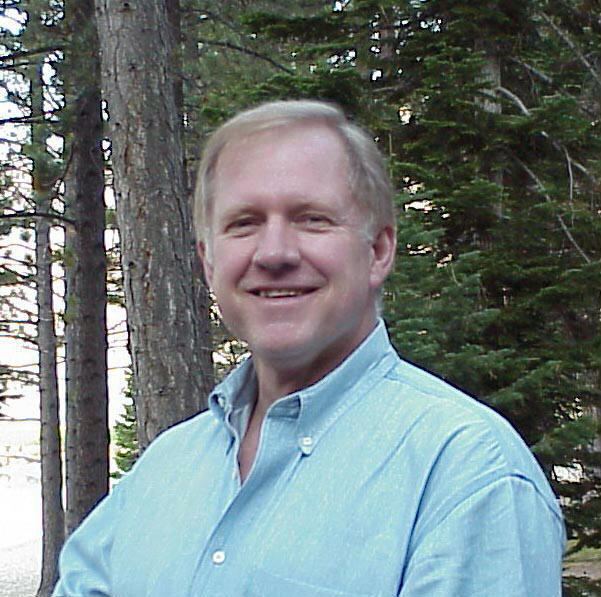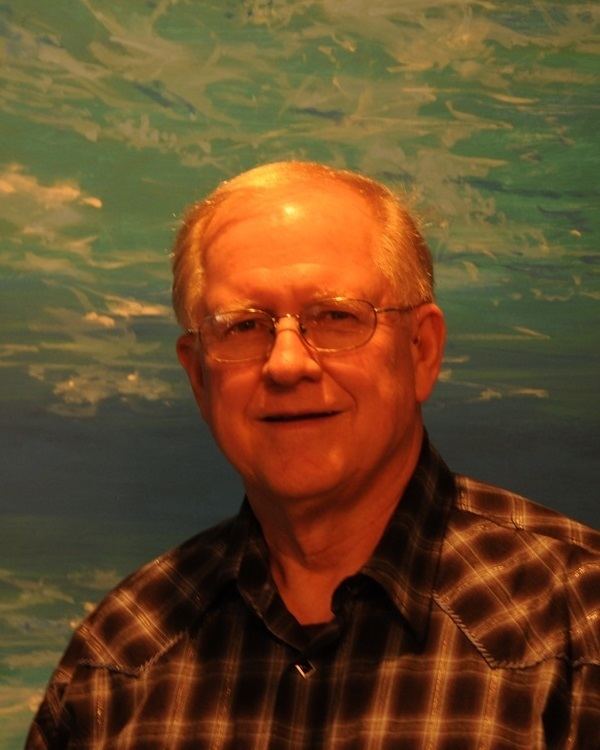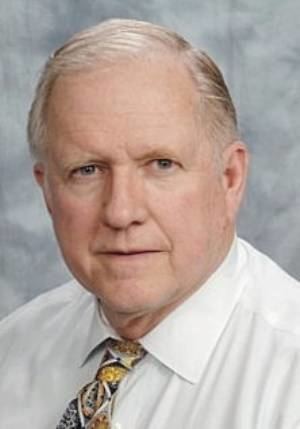Name Ed Seykota | Role Trader | |
 | ||
Born August 7, 1946 (age 79) ( 1946-08-07 ) Education Massachusetts Institute of Technology | ||
Ed seykota trading tribe ideas on avoiding losses when trend following
Edward Arthur Seykota (born August 7, 1946) is a commodities trader, who earned S.B. degrees in Electrical Engineering from MIT and Management from the MIT Sloan School of Management, both in 1969. In 1970 he pioneered Systems trading by using early punched card computers to test ideas on trading the markets. Seykota resided in Incline Village, Nevada, on the north shore of Lake Tahoe, but recently moved to Texas.
Contents
- Ed seykota trading tribe ideas on avoiding losses when trend following
- Ed seykota trading strategy top trading tips for success
- Career
- Trading methods
- The Trading Tribe
- Books
- Influence
- Controversial claims concerning physics
- Links
- Magazines
- References

Ed seykota trading strategy top trading tips for success
Career

As a young man he attended high school near The Hague, Netherlands and also lived in Voorburg.
Trading methods

Seykota is a trader who in 1970 pioneered a computerized trading system (now known as System trading) for the futures market for the brokerage house he and Michael Marcus were working for. Later, he decided to venture out on his own and manage a few of his client's accounts.

Much of Seykota's success was attributed to his development and utilization of computerized trading systems to which he first tested on a mainframe IBM computer. Later on, the brokerage house he had been working for adopted his system for their trades.
His interest in creating a computerized system was spawned after he read a letter by Richard Donchian on utilizing mechanical trend following systems for trading and also Donchian's 5- and 20-day moving average system. He was also inspired by the book Reminiscences of a Stock Operator by Edwin Lefèvre. His first trading system was developed based on exponential moving averages.
Ed Seykota, Market Wizards
Seykota improved this system over time, adapting the system to fit his trading style and preferences. With the initial version of the system being rigid, he later introduced more rules into the system in addition to pattern triggers and money management algorithms.
Another aspect of his success was his genuine love for trading and his optimistic demeanour. This factor sustained his efforts to continuously improve on his system although he never changed the response indicators of the system and instead fine tuned market stimuli.
The Trading Tribe
In 1992, Seykota gathered together a group of traders to discuss their emotions, due to his concern that traders often allow their emotions to overrule their logic. They start gathering regularly and Seykota develops methods to support personal growth. Over the years it expands to include Tribes all over the world and people in many professions. Members help to develop a common set of practices Seykota calls TTP, the Trading Tribe Process. He describes these ideas and practices in his book The Trading Tribe (2005)
Books
Influence
In his influential best seller, Market Wizards, Updated: Interviews With Top Traders, author Jack D. Schwager devotes a chapter to Ed and writes that his "achievements must certainly rank him as one of the best traders of our time." Some of Ed's students have included Michael Marcus, David Druz, Dean Giordano, Easan Katir, and Jason Russell of Acorn Global Investments
Trader, instructor, and blogger Michael Martin is known to be one of Ed's protégés as well.
Controversial claims concerning physics
Seykota maintains a website in which, while he does not deny the validity of the Bernoulli principle, he considers it to be misapplied, claiming that these misapplications are bad physics. Seykota refers to his theory as the theory of radial momentum. He writes:
The classic theory of airplane lift is all about wing curvature ... and that, according to Bernoulli's Principle, fast-flowing air has lower pressure. In 1997, after pondering this matter for some twenty years, Ed Seykota concludes that lift has nothing at all to do with Bernoulli's Principle ... rather, lift is a function of Radial Momentum ... the radial fanning out of a fluid lowers its density ... and therefore, the pressure decreases with the distance from the center of radiation.
Seykota's theory is controversial and receives a lot of criticism.
